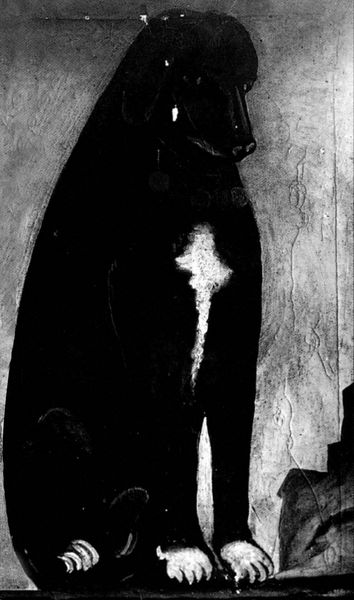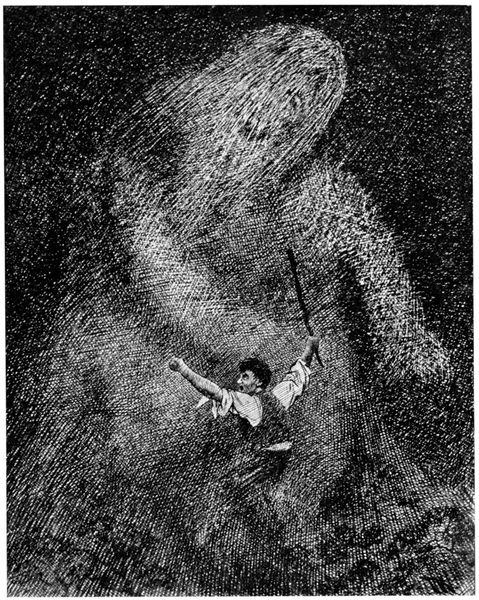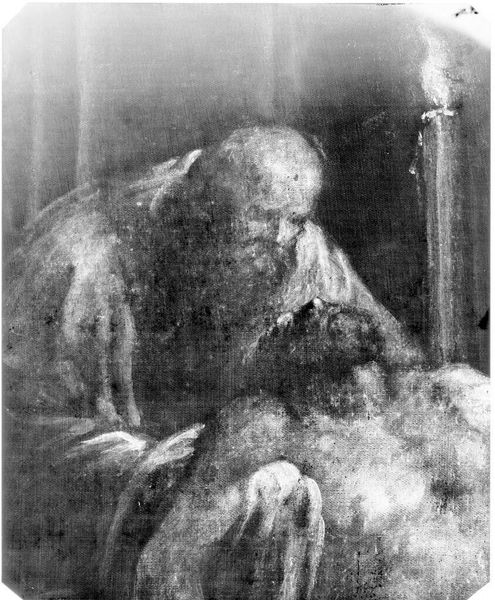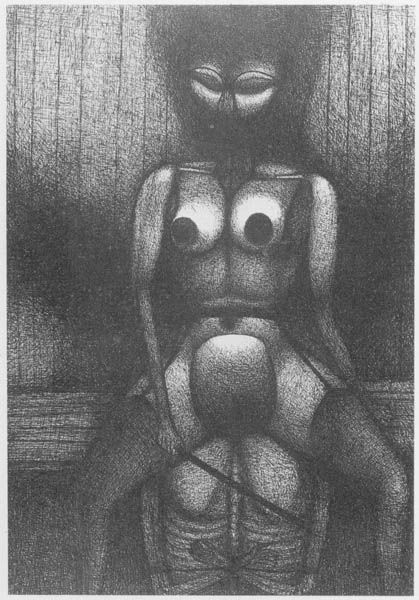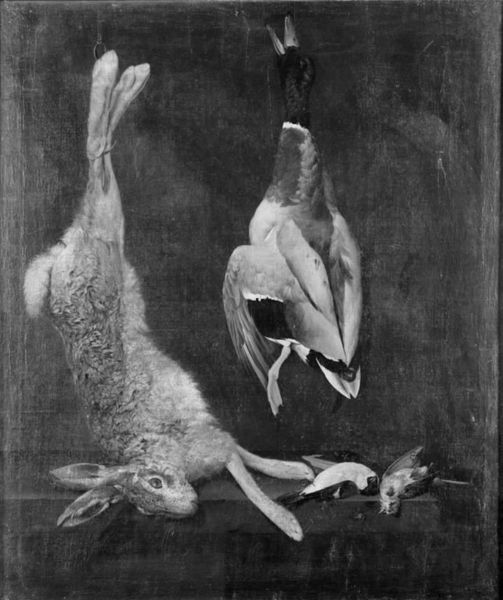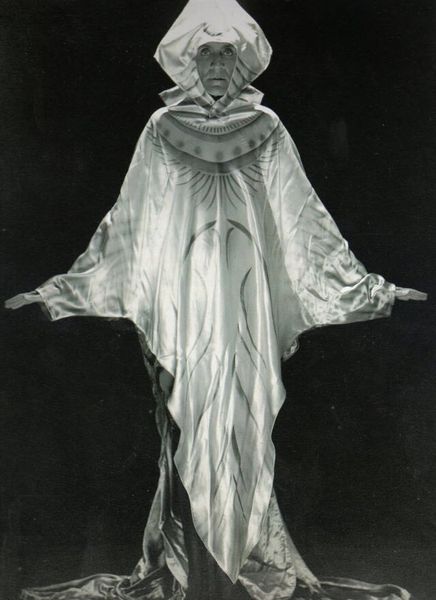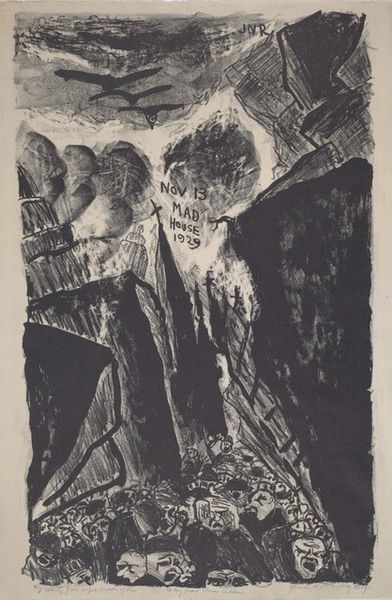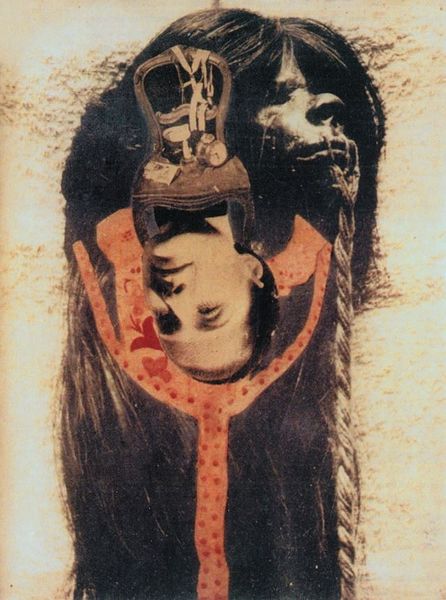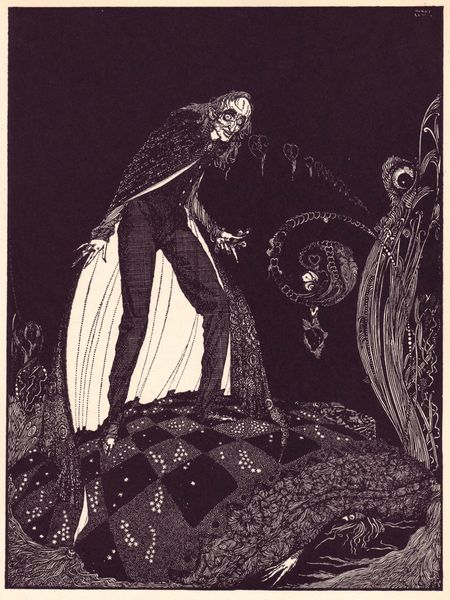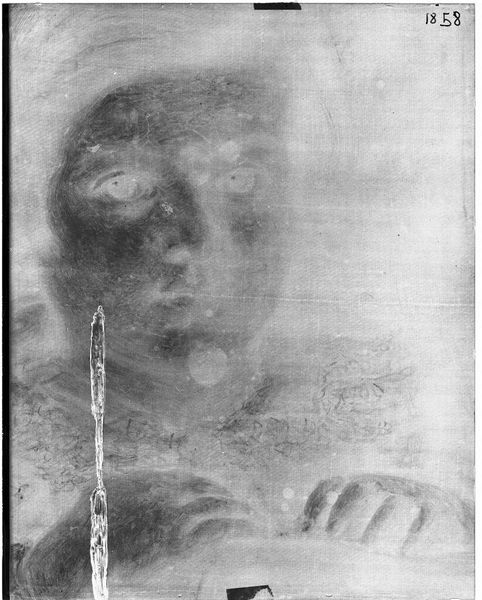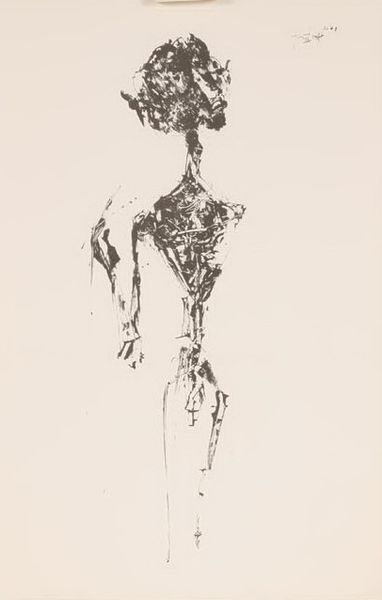
#
pencil drawn
#
amateur sketch
#
pencil sketch
#
charcoal drawing
#
charcoal art
#
portrait reference
#
pencil drawing
#
limited contrast and shading
#
tonal art
#
charcoal
Dimensions: 100 x 70 cm
Copyright: Creative Commons NonCommercial
Editor: This is "Invitation," a 2007 charcoal drawing by Alfred Freddy Krupa. It definitely has a stark, almost ghostly quality to it with the figure emerging from such a dark background. What kind of statement do you think Krupa was trying to make here? Curator: Considering its historical moment and medium, the starkness perhaps mirrors a return to classical studies amidst the rise of digital art. What are the contemporary political forces impacting art institutions, what makes the artist go back to charcoal drawing, figure drawing from life in the context of the digital turn? Is it a celebration or critique? Perhaps it’s engaging with a longer history of academic training while also forging a contemporary identity. Do you notice anything particular about the pose of the figure? Editor: It feels performative, like a declamatory gesture, almost inviting or challenging the viewer. But why this classic, academic pose? It feels… deliberately anachronistic. Curator: Precisely. How does the historical baggage of that pose play out in the 21st century? This figure doesn’t exist in a vacuum, what visual or textual dialogue is being built on here? Its historical associations likely clash with current sensitivities around power, gender, and representation. Is Krupa aware of that tension? And how is he using it, or being used by it? Editor: So, the ‘invitation’ might be a complex invitation to consider those tensions themselves. Curator: Exactly! It could be a provocation, or at least an awareness, of art's fraught relationship with its historical models, a grappling of what stays and what is left behind. The museum or gallery becomes a site where the historical and the contemporary collide. Editor: I hadn’t thought about how the drawing is presented as an invitation to reconsider art institutions' historical role. Curator: This makes it compelling because the dialogue goes beyond mere aesthetics. By understanding art as part of cultural dialogues, we reveal hidden stories and broader connections of our society. Editor: Thanks for helping me see more! This makes it way more than just charcoal on paper.
Comments
No comments
Be the first to comment and join the conversation on the ultimate creative platform.


